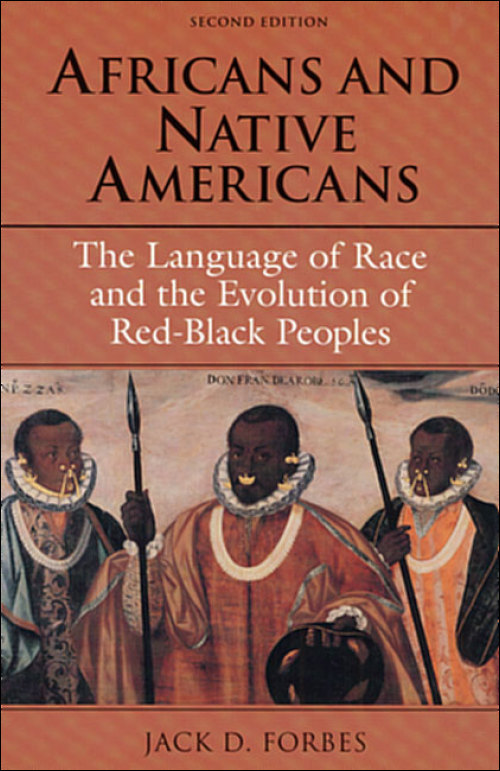The People Who Own Themselves: Aboriginal Ethnogenesis in a Canadian Family 1660-1900Posted in Books, Canada, History, Media Archive, Monographs, United States on 2009-11-20 17:00Z by Steven |
The People Who Own Themselves: Aboriginal Ethnogenesis in a Canadian Family 1660-1900
University of Calgary Press
2003
300 pages
6″ x 9″
ISBN: 1-55238-115-3
Heather Devine, Professor of Communication and Culture
University of Calgary
The search for a Metis identity and what constitutes that identity is a key issue facing many Aboriginals of mixed ancestry today. The People Who Own Themselves reconstructs 250 years of the Desjarlais’ family history across a substantial area of North America, from colonial Louisiana, the St. Louis, Missouri region, and the American Southwest to Red River and Central Alberta. In the course of tracing the Desjarlais family, social, economic, and political factors influencing the development of various Aboriginal ethnic identities are discussed. With intriguing details about the Desjarlais family members, this book offers new, original insights into the 1885 Northwest Rebellion, focusing on kinship as a motivating factor in the outcome of events. With a unique how-to appendix for Metis genealogical reconstruction, this book will be of equal interest to Metis wanting to research their own genealogy and to scholars engaged in the reconstruction of Metis ethnic identity.




